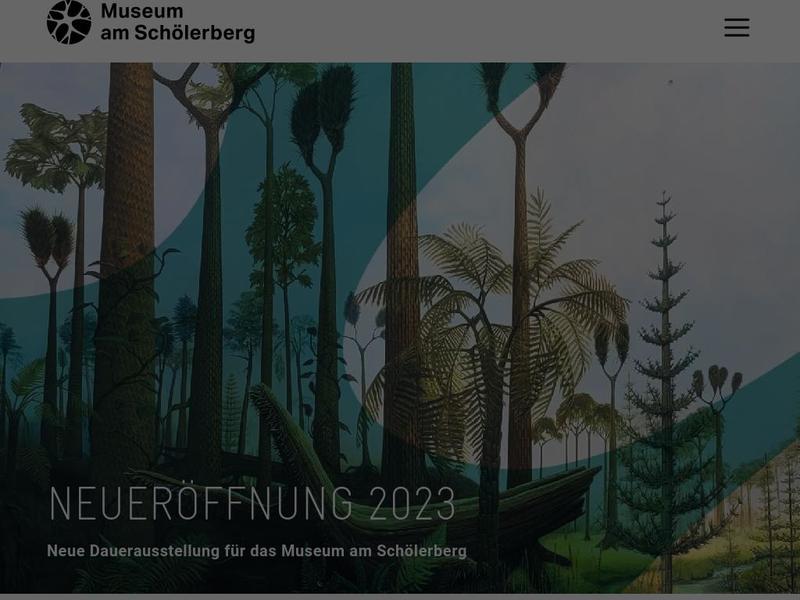Hey y’all! My name is Sara and I am the newest Keeper I in the Herpetology Department here at Zoo Atlanta! Prior to taking this job, I was living in
So, to ensure that all of our insectivores have a varied diet, we have crickets, beetles, three species
https://zooatlanta.org/animal/white-stork/
When you think of storks, you most likely picture a European white stork. These large birds are most closely related to herons, bitterns, ibises, spoonbills, the shoebill, and the hammerhead.
Common prey includes small mammals such as mice and voles; large insects such as beetles and locusts;
https://zooatlanta.org/mesoamerican-toads/
Hot off the presses! How does one correct a scientific error that was made more than 150 years ago? That’s what our team recently did, in collaboration with
there in the Entomology Department to have a look and they stated emphatically that the species of beetles
https://zooatlanta.org/animal/seal-salamander/
The seal salamander is one of a large group of species generally known as stream salamanders. Always secretive, and often nocturnal, they rarely stray from water. They do not have lungs. Adults have no lungs and absorb oxygen directly through their skin.
maintains breeding colonies of a wide variety of such invertebrates, including fruit flies, crickets, beetles










